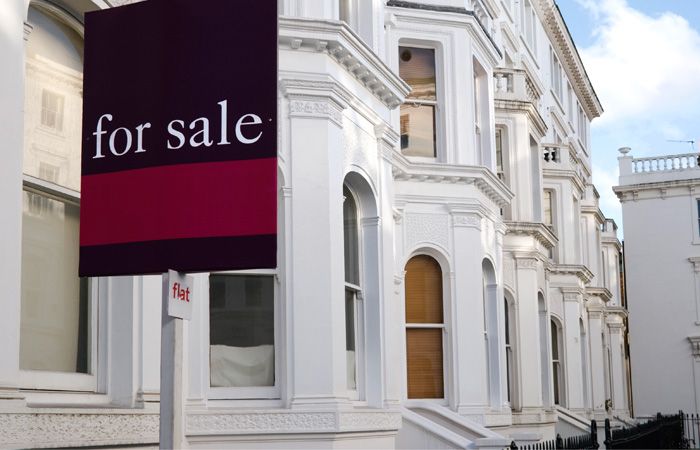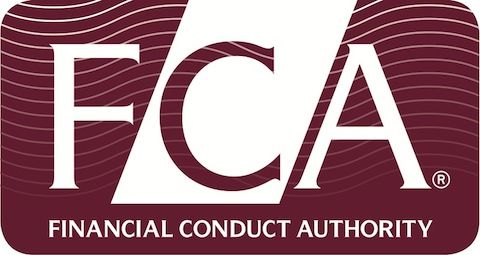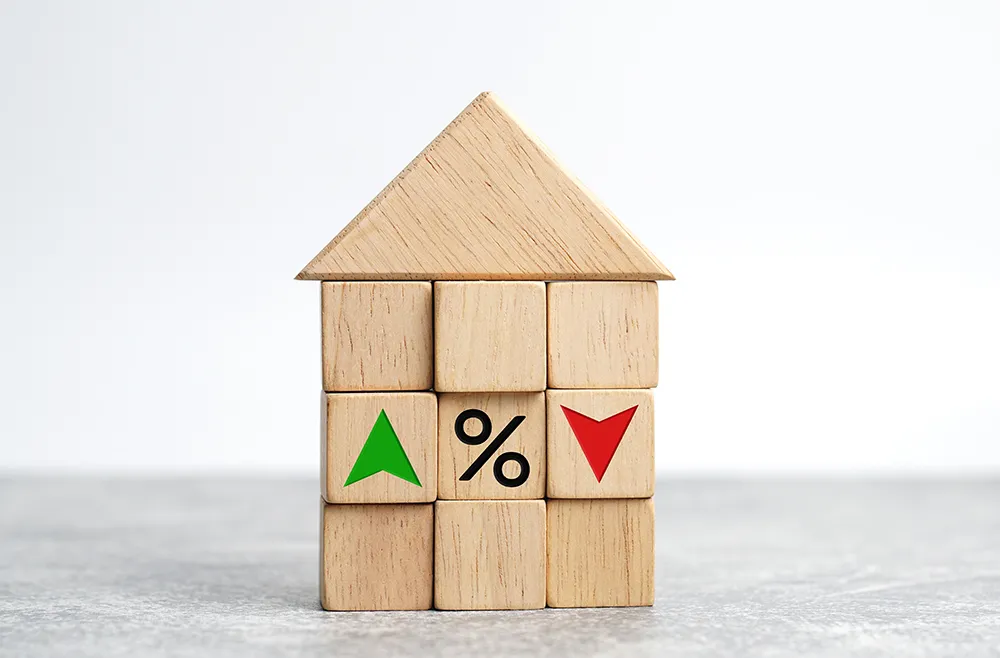
Stamp duty receipts for the ten months to January lifted 11.3% to £16.8bn, on a year ago — but last month the levy fell below £1bn for the first time in a year, data from the HMRC shows.
Homebuyers paid £827m in stamp duty in January, according to Coventry Building Society’s analysis of the custom’s body figures, which is the first month since January 2022 where these tax receipts came in below £1bn.
The fall in the tax take shows that higher mortgage rates and cost of living pressures are beginning to hit the housing market, analysts say.
The figures come after September’s tax-cutting mini-Budget when then Chancellor Kwasi Kwarteng announced that no stamp duty needed to be paid on property value up to £250,000 permanently.
However, current Chancellor Jeremy Hunt reversed this in his November Autumn Statement, saying that at the end of March 2025, the stamp duty would revert to the standard £125,000 threshold.
Hargreaves Lansdown head of retirement analysis Helen Morrissey says: “After flying high for so long there are clear signs the property market is starting to slow, and this can be seen in stamp duty receipts.
“They are still up on the same period last year, but the direction is turning as mini-Budget mayhem and the cost of living turned people off the idea of moving home.
“House price growth is stuttering to a halt and homes are taking longer to sell so we will likely see stamp duty receipts come off further in the coming months though mortgage rates have started to come down which could tempt some people into taking the plunge in the coming months.”
Coventry Building Society head of intermediary relationships Jonathan Stinton adds: “Four months into the new thresholds and homebuyers still spent over £800m on stamp duty in January.
“With transaction levels expected to fall this year, it’s likely the amount homebuyers collectively spend on stamp duty will reduce, but that doesn’t mean homebuyers aren’t individually being hit hard by the tax.”
He says: “The new thresholds reduced the tax bill on an average priced home in England from £5,767 to £3,303, which is certainly an improvement but still more than double the £1,566 it was in 2014 when the previous thresholds were set. It shows the thresholds simply haven’t moved in line with house price inflation.
“Linking the thresholds to house price inflation may seem like the obvious way to keep stamp duty at a consistent level, even if it doesn’t always seem fair.
“A wider more creative reform to stamp duty – such as incentivising energy efficient home improvements – should still be one of the government’s long-term aims.”
All average fixed rate prices dropped last week, according to Moneyfacts data, with the average rate for a two-year fix falling by 3 basis points, to 5.33%, and the average rate for a five-year fix also declining by 3bps to 5.05%.
Just Mortgages national operations director John Phillips says: “2023 is going to be a pivotal year for mortgage brokers with over one million people coming off fixed rates in 2023 and so now is the time for brokers to show their worth and manage clients’ expectations about potential payment shocks and ensure they are on the best possible deal.
“The greatest threat for mortgage borrowers in 2023 is apathy and meekly accepting a lender’s transfer rate without contacting a broker who can shop around to ensure they are on the best available deal.”



